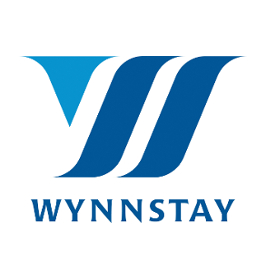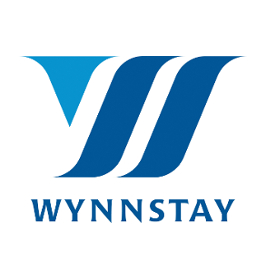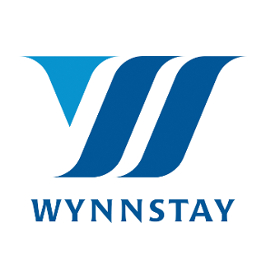What is Certified Sustainable Soya?
-

- 12 May 2021
- 0 Comments

What is Certified Sustainable Soya?
We believe the use of certified sustainable soya in animal feed is the most appropriate option to minimise negative impacts on the environment now while allowing time for sustainable supply chains for alternative protein sources to develop.
Wynnstay has used certified sustainable soya for all animal feeds since April 2020. This means we have the assurance that the soya has not been grown on deforested land, and the extra money we pay for the certificate goes to the producers who adhere to the Round Table on Responsible Soy (RTRS) Association’s criteria for sustainable soya. The approved schemes audit the soya growers and they are paid a premium for growing the soya under the scheme rules, which include but are not limited to:
- Zero deforestation
- Use of best agricultural practices
- Protecting worker welfare
- Managing GHG emissions through continual improvement
- Anti-slavery and child labour
Certified vs Physical Sustainable Soya
The difference between certified and physically sustainable soya is that there is a guarantee that the physically sustainable soya grown sustainably, is being fed to the animal. This comes with a significant price tag, as it must be segregated at all stages of the soya production, shipping, storage and feed manufacture.
Certified soya usage avoids these costly add-ons whilst still channelling the extra money paid for the certificate to the producers using sustainable methods. This incentivises the adoption of sustainable practices, resulting in increased amounts of soya being produced to the RTRS standard and ultimately will bring production to a critical point where the actual physical material can be used in the feed.
Sustainable Soya in Poultry Feed
Our poultry customers were the first sector to require sustainable soya, partly because it is the biggest user of soya in feed, typically making up around 15% of the ration. Moving away from soya in poultry feed would require significant changes to breeds and genetics, to enable birds to utilise feed more efficiently and allow alternative protein sources to be used effectively.
Soya is well balanced in the amino acids that poultry feeds are formulated to, so getting the ratios correct with alternative ingredients will be a challenge. If amino acid ratios aren’t balanced then growth rates and egg production could suffer, and therefore costs and prices to the consumer will be higher. If we can’t achieve the same level and ratio of amino acids with currently available alternatives to soya then it will not be possible to achieve the same levels of production from both laying hens and broilers. Consumers would also need to accept a change in egg size, as large egg production would not be as viable.













